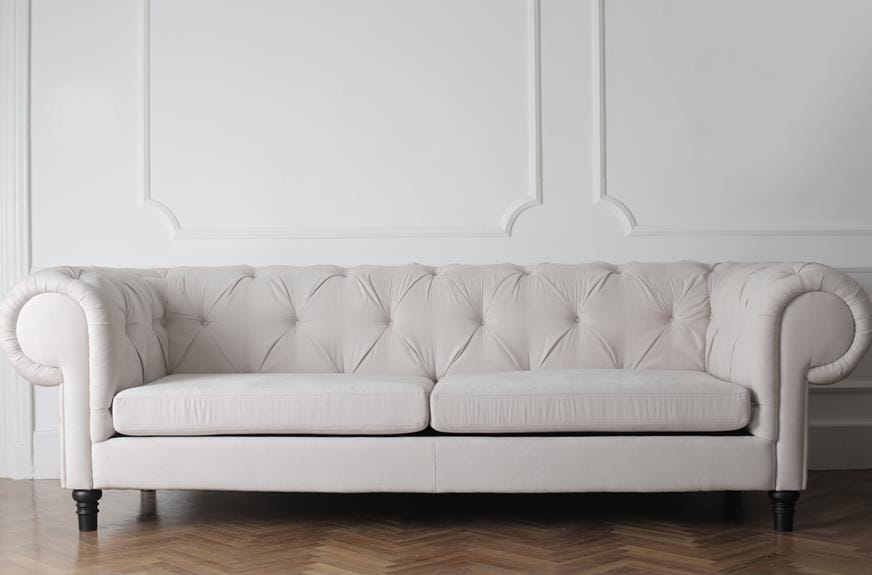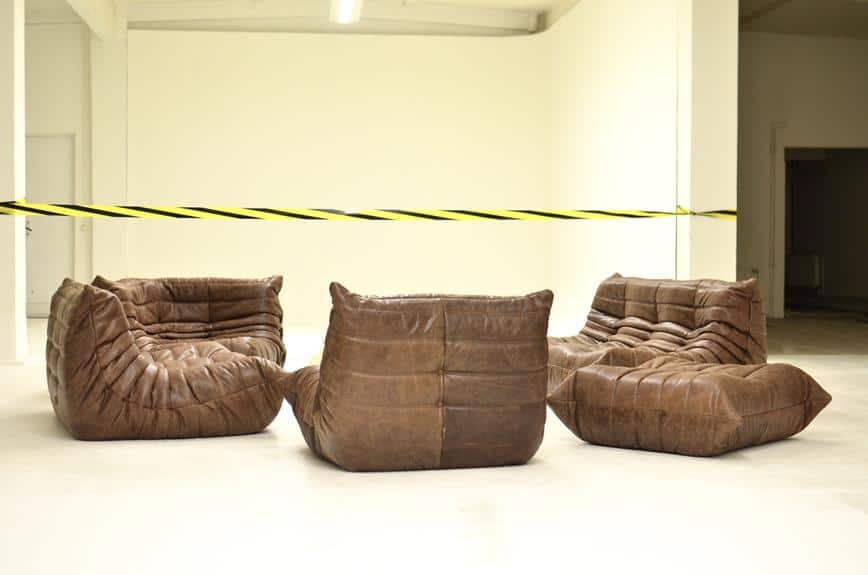Choosing the right size rug for your dining area is important for both style and practicality. The rug needs to be large enough so that when chairs are pulled out, they remain on the rug. A good rule of thumb is to choose a rug that extends at least 24 inches beyond the table on all sides. This size allows for chairs to be moved in and out without catching on the rug’s edge.
Before buying a rug, measure your dining table and consider the required space for chairs. Also, match the rug’s shape to the table’s shape to keep a balanced look.
The correct rug size can improve the dining area’s overall feel and function.
Standard Rug Sizes Explained
Standard rug sizes for dining rooms vary from 3 x 5 feet to 12 x 15 feet to suit different table sizes and spaces. The ideal rug size allows chairs to be pulled out without leaving the rug, protecting floors and providing comfort. A rug should match the shape of your dining table; a rectangular table pairs well with a rectangular rug, an oval table with a round rug, and a square table with a square rug.
The rug size should fit the room’s scale. Larger rugs work well in spacious dining rooms, defining the area, while smaller rugs are better for tighter spaces to avoid a cluttered look. Ensure the rug extends at least 24 inches beyond the table to allow chairs to slide out easily and maintain at least a 12-inch gap from the rug edge to the walls to keep the space unobstructed and open.
Measuring for Dining Table Rugs
To choose the right rug size for a dining table, measure the table’s length and width and add 48 inches to both dimensions. This extra space allows chairs to be moved without catching on the rug’s edge. It is essential for comfort and ease of use.
For a balanced look and functionality, ensure that the rug is large enough to keep all chair legs on it when in use, even when chairs are pulled out. The size of the dining room can dictate the rug size; larger rooms can handle bigger rugs, while smaller rooms require more proportional sizes.
Standard rug sizes may work for most situations, but custom sizes may be needed for unusual table dimensions or room shapes. For round tables, add 4 feet to the table’s diameter for the right rug size. For larger dining areas, such as those seating eight or more, consider even larger rugs, like a 12 x 12 for a 72-inch round table or a 12 x 9 for an 84 x 42 rectangular table.
Rug Placement and Room Shape
When selecting a rug for a dining area, consider the room’s shape and the table’s design. A round table pairs well with a round rug, while a square table matches a square rug, promoting symmetry or geometric consistency.
Ensure the rug is centered under the table and extends at least 24 inches beyond its edges to allow for chairs to be moved without going off the rug. This prevents chair instability and awkward positioning.
If the dining table has extendable leaves, choose a rug size that accommodates the table at its largest. This keeps the space balanced without the need to reposition the rug or buy a new one for the extended table size.
Round and Oval Table Guidelines
To fit a round or oval dining table on a rug, add four feet to the table’s diameter or to the width and length of an oval table. This extra space allows chairs to be pulled out without catching on the rug’s edge. A 4-seater round table typically goes with a 6-foot rug, while an 8-foot rug suits a 6-seater round table.
The rug shape should complement the table shape. A round table works well with a round rug, enhancing symmetry. An oval rug can also fit a round table, adding contrast and elegance. It’s important to choose a rug that matches the table size and allows for chair movement.
While round or oval rugs are common for round tables, rectangular rugs are also an option. They provide versatility in style and design. The chosen rug should fit the dining space, match the table shape, and contribute to the room’s overall look.
Sizing for Small Dining Spaces
Choosing the right rug size is essential for the functionality and look of a small dining area. It should be big enough for chairs to remain on the rug when pulled out but not too large for the space. Typically, the rug should extend at least four feet from the table’s edge.
For a four-person table in a small dining room, a 9 x 12 rug often works well, allowing the front legs of the chairs to stay on the rug when they’re pushed back. Measure your space carefully before buying a rug, ensuring there’s at least 12 inches of space between the rug’s edge and the walls to avoid a cramped feeling and allow for easy chair movement.
Take into account the flow of traffic and the visual balance of the room when selecting a rug. A suitable rug will delineate the dining area without overpowering it.
Large Table Rug Dimensions
For a large dining table, the correct rug size should fit all chairs and match the room’s size. A 72-inch round table often goes with a 12×12 foot rug, while an 84×42 inch table usually requires a 12×9 foot rug. The rug dimensions should allow the table to fit well and the chairs to stay on the rug when pulled out.
When choosing a rug for a large rectangular table, such as one that is 14 feet long, it is important to pick a rug that is at least 4 feet wider and longer than the table. This ensures chairs stay on the rug when people are seated or stand up.
To determine the right rug size, add 4 feet to the length and width of your table. For a 10×4 foot table, a 14×8 foot rug is suitable, allowing for the recommended 18 to 24 inches of space around the table for chairs.
Consider the room’s size when selecting a rug for a large table. If the ideal rug size is too large for the room, look for smaller options that still support the table’s function and maintain the room’s harmony. The goal is to choose a rug that complements the dining table and the room’s layout.
Rug Selection for Six Chairs
When choosing a rug for a six-chair dining set, it is important to select one that accommodates the size of the table and allows for easy chair movement. The rug should extend at least 18 to 24 inches beyond the edges of the table.
For a six-seater table, add 4 feet to the length and width of the table to find the appropriate rug size. This ensures that the chair legs remain on the rug even when pulled out.
For a round table, add 4 feet to the diameter to determine the rug size needed. This rule helps maintain balance in the dining area and prevents tipping or floor damage.
A well-chosen rug contributes to the overall look and comfort of the dining space.




